A Filmmaker's Guide to John Huston
The rebel, the renaissance man, the titan of 20th century cinema
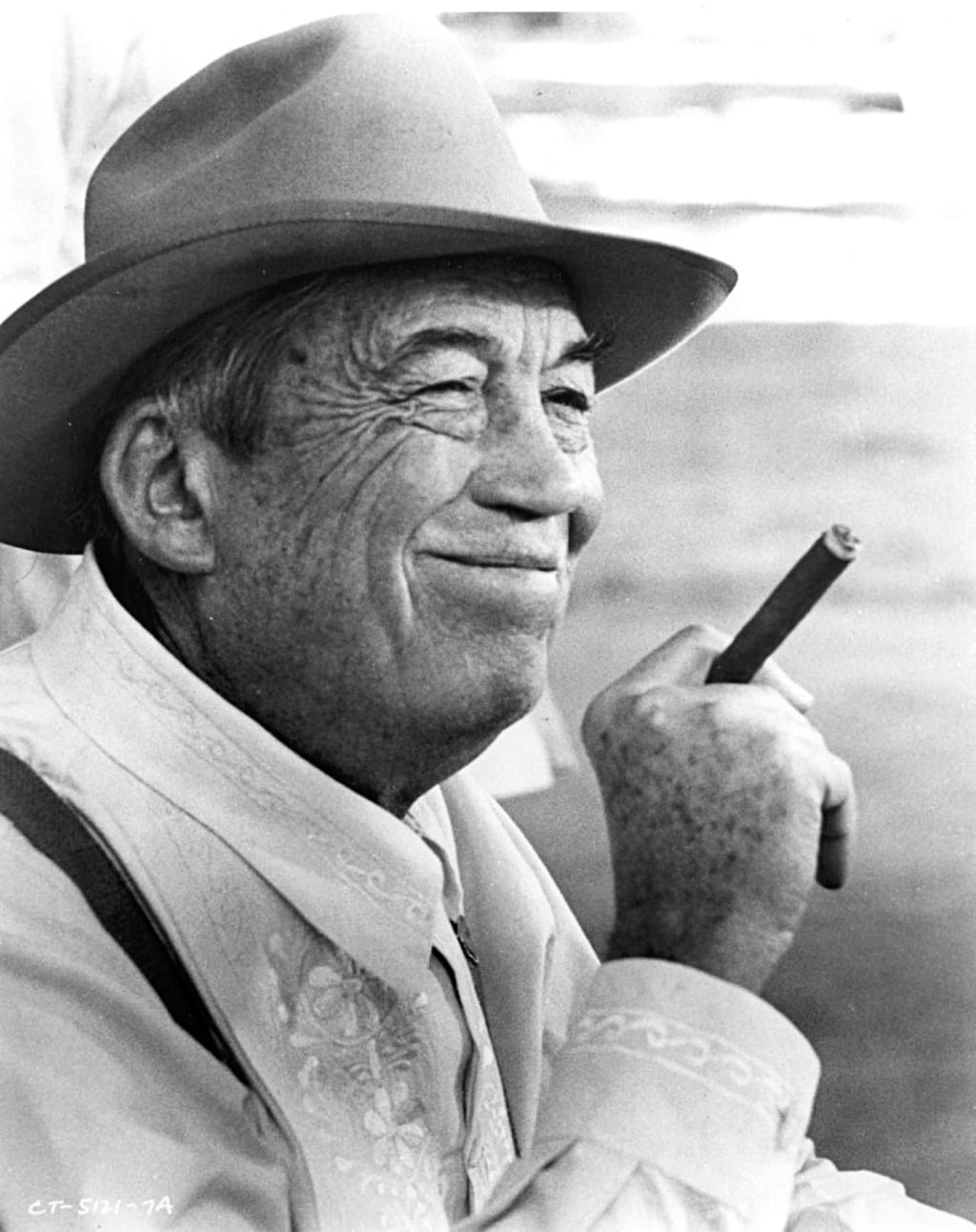
John Huston, one of the key directors of the early and mid- 20th century, was born on the 5th of August 1906 in Missouri, USA. Not only did he direct some of the world's most well-known classic cinematic experiences (I call them experiences and not just films, because let us face the fact that John Huston never really just made a 'film'. Those things could change your life. So 'experience' is a fitting word) but he also acted, wrote screenplays and was pretty much known as one of the most intelligence men in cinema history. Many people refer to him as cinema's 'renaissance man', 'titan' and as cinema's answer to Ernest Hemingway.
John Huston's Filmmaking: An Overview
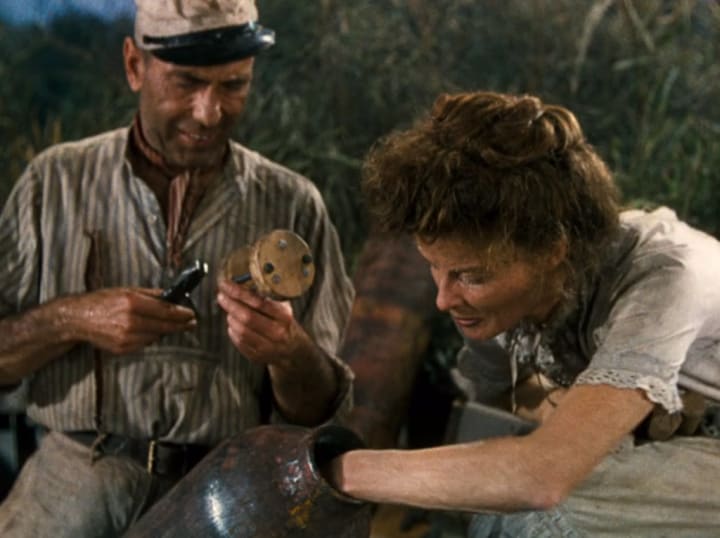
Throughout the early to mid-20th century, John Huston made not only an incredible contribution to cinema, but he also pioneered great filmmaking. He experimented with different styles including:
- film noir
- action/adventure
- war
- history
and many more. John Huston is probably best known for his directorship rather than acting as Noah in Polanski's "Chinatown" (1974). He directed films like:
- "The Maltese Falcon" (1941)
- "The Asphalt Jungle" (1950)
- "The Red Badge of Courage" (1951)
- "The African Queen" (1951)
- "Under the Volcano" (1984)
and again, there are many more he's done. But when we look at a person who has probably done the most for cinema's evolving of style, genre and characteristic - we tend to look to John Huston. When it came to filmmaking, he pioneered an old style with some new touch-ups to get it off the ground. He constantly stated that he had preferred the ways of old, but definitely wanted it to evolve and change with the times due to his constant reinvention of style - but his signature troubled leads were the keys to his success with the likes of Humphrey Bogart and Katharine Hepburn portraying the complex and often traumatised, emotionally-detached and morally-torn characters. Here's what he had to say about filmmaking in his Playboy Magazine interview of 1985:
"I miss the order that old Hollywood had. It was much easier then to get a picture made than it is today. It's become a cliché that the studio people were picture makers then, but there is a large element of truth in it. They were people who wanted to make pictures, and they knew how to make them."
Here are some of the themes that Huston liked to explore in his olden-styled and reinvented films that may help you to understand by putting this quotation into the context of the following concepts:
Concepts in John Huston Films
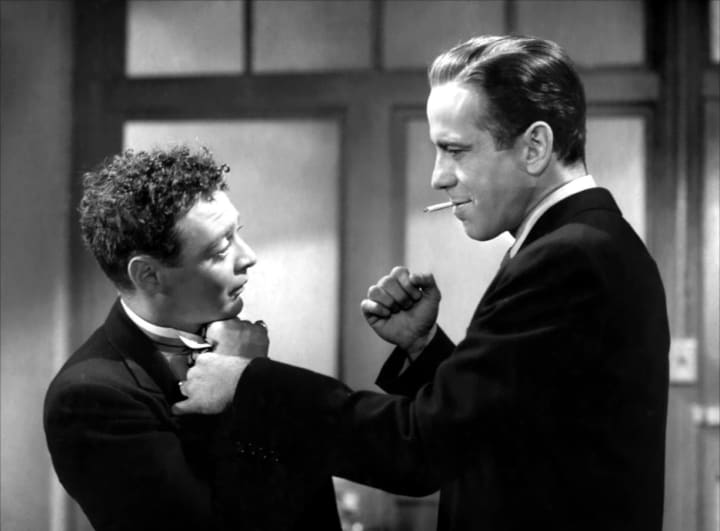
- Human conditions: suffering/natures/situation and response
- Failed journeys/quests: the protagonist often fails at whatever they have sought out to achieve but achieves something entirely different instead. For example watch: "The Maltese Falcon" (1941).
- Human hostility to forbidden or unconventional love: the protagonist is normally torn between doing something they have to do and doing something they want to do. For example: at the end of "The Maltese Falcon" (1941), Spade has to think whether he loves 'Wonderly' enough to not to give her up to the police. But, in the end he sends her to them and she goes to jail
- Unsatisfied love: the protagonist is often out of luck or unsatisfied with their love life and goes out seeking new extremes of the human condition to emotionally detach themselves from the situation they are already in
- Questionable motives: the protagonist has some 'questionable motives' as to why they're doing something such as going on a quest. But, in the end they begin the question themselves and attempt to resolve their own issues.
- Amorality: the protagonist normally has some sort of skewed or nonchalance styled view towards morals and morality, especially where others are concerned (in the sense of what others think about the protagonist themselves).
- Faith and faithlessness: the protagonist doesn't put their faith in something, rather they hope for the best, but expect the worst. The faith comes from the other characters who put their faith in the protagonist as they go on their failed quests
- Dramatic tension: there's a vibrant amount of tension in the films of John Huston and it really doesn't matter about what genre they are because in every film, there must be an amount of tension in order to move the plot along. What we have is a protagonist who is in constant tension because of the characters around them being involved with various, often nefarious, situations. This leads to the protagonist feeling constant pressure
- The underdog: Huston was especially interested in the guy that wasn't expected to get anywhere. For example: before Wonderly walks in, Spade and Archer are pretty much nobodies. They don't get involved in anything but she turns everything upside down, Archer ends up dead and Spade is up to his neck in it.
The Greatest Films by John Huston
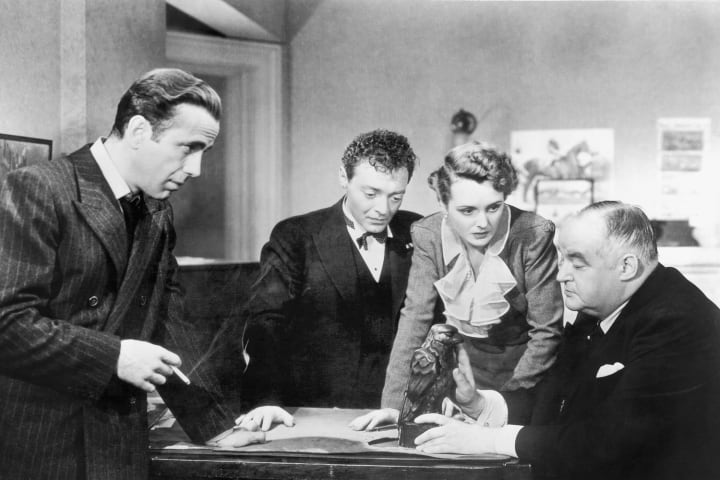
This is purely based on opinion but I can honestly say that "The Maltese Falcon" (1941) is one of the greatest films ever made.
5. The Asphalt Jungle (1950)
4. Moulin Rouge (1952)
3. The Treasure of Sierra Madre (1948)
2. The African Queen (1951)
1. The Maltese Falcon (1941)
Huston's Style
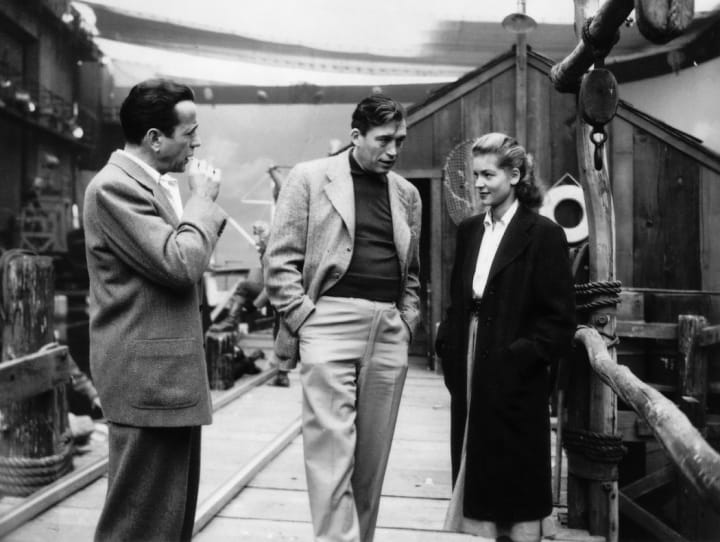
John Huston's directing techniques were often considered to be very sharp and different to a lot of directors not only in his day, but even of today. Huston, often knowing exactly what he wanted, directed films with the style of a 'sniper'-like eye. Relying little on the editing room, Huston knew exactly what he wanted to film and when he wanted to film it, only taking his Sunday day-off from the working week.
Often stating that his filmmaking style was very economical, he would use very little film and plan everything down to a "T" instead of making reels and reels of film. As Huston used to be a painter, many of his economical, artistic viewpoints come from that previous experience and, drawing on that, he would direct what was a thematic and visual experience of a very artistic movie.
His filmmaking styles usually include the following shots:
- panned close-ups
- painting/canvas-like shots
- sharp angles
- extreme close-ups to heighten facial expression
Conclusion
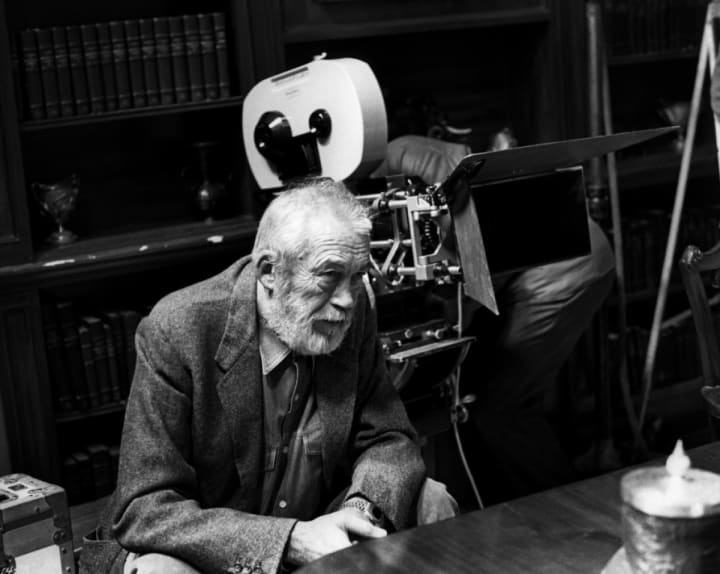
I love the films of John Huston and have watched many of them over my time. I would definitely recommend watching my top five Huston films in order to learn more about his incredible filmmaking style. He was a visionary and a man of great achievement but, most importantly, he was at the height of a cinematic change, in which cinema was becoming evermore popular and evermore important in media culture. It was a great time and it was an amazing thing that John Huston was a big part of how it evolved and became what it is today.
About the Creator
Annie Kapur
200K+ Reads on Vocal.
Secondary English Teacher & Lecturer
🎓Literature & Writing (B.A)
🎓Film & Writing (M.A)
🎓Secondary English Education (PgDipEd) (QTS)
📍Birmingham, UK
X: @AnnieWithBooks
Enjoyed the story? Support the Creator.
Subscribe for free to receive all their stories in your feed. You could also pledge your support or give them a one-off tip, letting them know you appreciate their work.


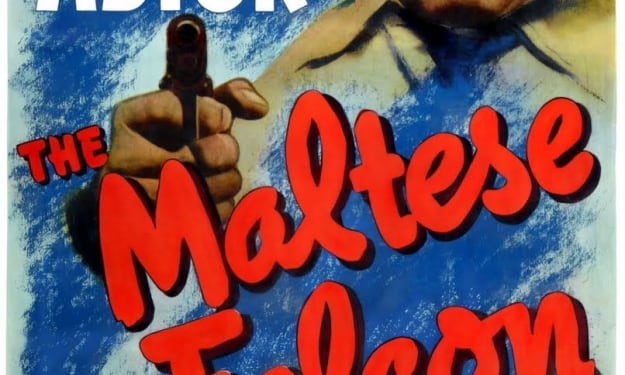
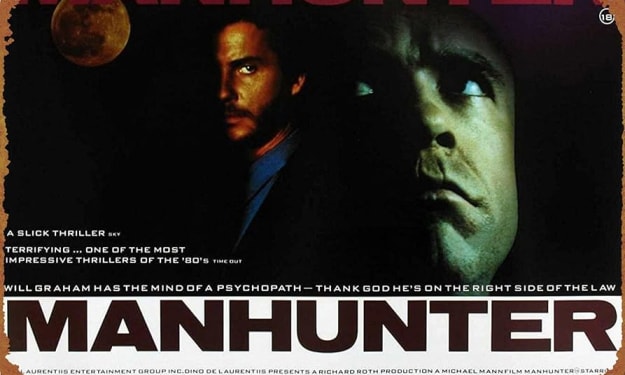


Comments
There are no comments for this story
Be the first to respond and start the conversation.